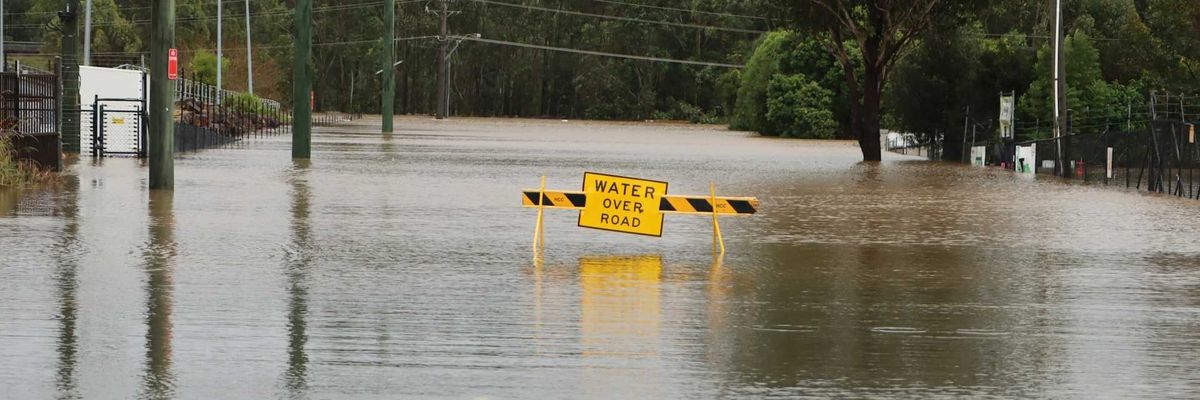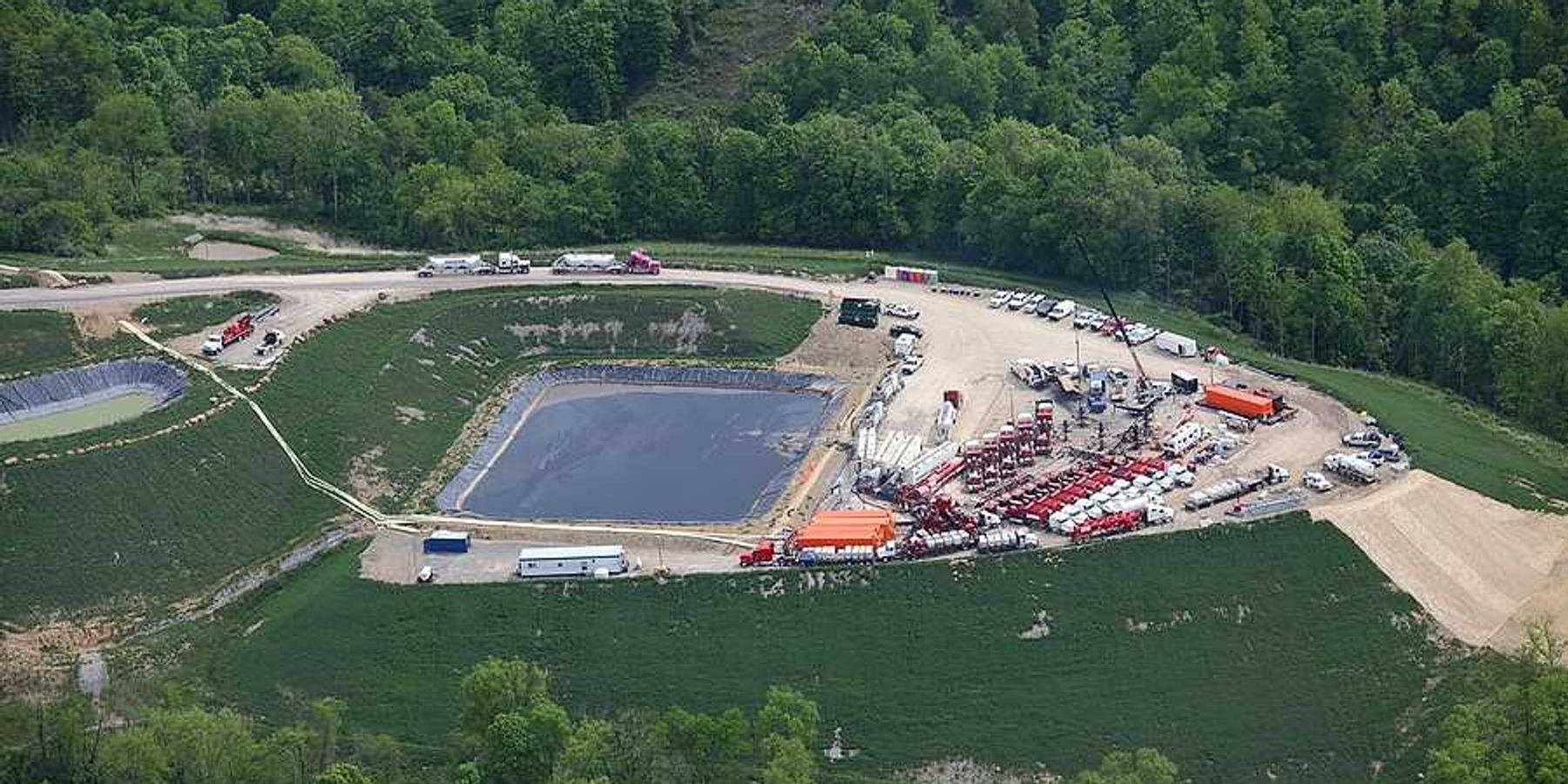greenhouse_gases
China's renewable energy surge could signal peak in emissions
China’s massive expansion of renewable energy in 2024, equivalent to the UK’s entire electricity output, might indicate that the country’s greenhouse gas emissions have peaked.
In short:
- China’s renewable energy growth in the first half of 2024 matches the UK’s total electricity output from 2023.
- Coal and gas electricity generation in China fell by 5% in July, suggesting a potential peak in emissions.
- Despite gains in clean energy, coal still accounted for 60% of China’s power in 2023, complicating long-term emissions reductions.
Key quote:
"China is leading against all of its competitors, when it comes to green technology."
— Li Shuo, director of the China Climate Hub at the Asia Policy Institute
Why this matters:
China is the world’s largest emitter of greenhouse gases, and its progress in renewable energy could be crucial in global efforts to combat climate change. However, continued coal reliance poses a significant challenge to reducing emissions.
Related EHN coverage:
EU wants China to contribute more to climate aid
The EU plans to urge China and other wealthy emerging economies to increase their financial contributions to climate action during the COP29 summit.
In short:
- The EU's draft position for COP29 seeks contributions from newly wealthy nations to aid developing countries in climate action.
- China, the world's second-largest economy and top greenhouse gas emitter, is a focus for increased financial support.
- The EU emphasizes that most of the required investment should come from private sources, not national budgets.
Key quote:
"Such broadening of contributions provides an opportunity to increase the finance to support the most vulnerable countries and communities and reflects strong global solidarity towards them."
— Draft of the EU's COP29 position document
Why this matters:
Encouraging contributions from China and other emerging economies could significantly boost funding for climate initiatives. As climate change impacts intensify, equitable financial support is crucial to aiding vulnerable nations in mitigating and adapting to global warming challenges.
Gas pipeline project faces setback after court ruling
A federal appeals court vacated the approvals for a New Jersey gas pipeline project, forcing a reassessment of its necessity and environmental impact.
In short:
- The U.S. Court of Appeals ordered the Federal Energy Regulatory Commission to reconsider the Regional Energy Access Expansion project.
- Environmentalists and state officials argued the project is unnecessary and harmful, citing an independent study showing sufficient gas capacity in New Jersey until beyond 2030.
- The court found the commission failed to consider the project's environmental impact, including significant greenhouse gas emissions.
Key quote:
“The record estimates enormous GHG emissions from the project for the next half century.”
— Judge J. Michelle Childs, U.S. Court of Appeals
Why this matters:
The ruling emphasizes the need for careful evaluation of energy projects to align with state policies on reducing greenhouse gases and ensuring consumer protection from unnecessary infrastructure costs.
Related EHN coverage:
Drying of the Great Salt Lake releases significant greenhouse gases
The Great Salt Lake emitted 4.1 million tons of greenhouse gases in 2020, contributing significantly to Utah’s emissions, researchers report.
In short:
- The Great Salt Lake's dried bed emitted 4.1 million tons of CO2 and other gases in 2020.
- Human activities and climate change have exacerbated the lake's decline.
- Emissions from dried lakes are not currently included in official carbon inventories.
Key quote:
"This is the first time we’re saying, ‘This is something that’s on us.’"
— Soren Brothers, climate change curator, Royal Ontario Museum
Why this matters:
The drying of lakes, driven by human actions and climate change, releases significant greenhouse gases, which are currently unaccounted for in national carbon inventories. This oversight means that actual emissions might be higher than reported, impacting climate policy and mitigation efforts.
China's emissions of potent greenhouse gases surge over the past decade
Emissions of two highly potent greenhouse gases in China have surged by 78% over the last decade, dominating global output.
In short:
- Perfluorocarbons, used in manufacturing and aluminum smelting, trap heat more effectively than CO2 and persist for thousands of years.
- A study from MIT found that by 2020, China accounted for 64-66% of global emissions for two specific perfluorocarbons.
- These emissions primarily originate from industrial zones in western China, linked to the aluminum industry.
Why this matters:
Given China's pivotal role in global greenhouse gas emissions, its strategies for reducing these potent gases will be important. The rapid increase in emissions of these long-lasting greenhouse gases from China threatens global climate goals. These gases trap heat much more effectively than CO2, intensifying global warming and exacerbating climate change.
Texas offers more coastal waters for carbon dioxide storage
Texas is opening over a million acres of offshore waters for companies to inject greenhouse gases underground to mitigate climate change.
In short:
- Texas issued its largest request for proposals to inject greenhouse gases underground to mitigate climate change yet, targeting Lavaca Bay, Matagorda Bay and other coastal areas.
- ,Backed by federal funding and with support from the oil and gas sector, carbon sequestration is expanding, despite concerns over long-term feasibility and cost.
- The Texas Railroad Commission seeks authority to regulate these wells, but environmental groups and lawmakers urge caution.
Key quote:
“We are really now on the cusp of moving away from institutional research and more towards broad commercial deployment.”
— Charles McConnell, director of the Center for Carbon Management in Energy at the University of Houston.
Why this matters:
Reducing atmospheric CO2 through sequestration could have immediate benefits. Lower CO2 levels can help mitigate the adverse effects of climate change, such as extreme weather events, heatwaves and poor air quality, all of which have direct impacts on human health. However, a continued dependence on fossil fuels, facilitated by carbon sequestration, could maintain high levels of other pollutants that pose serious health risks, including particulate matter and nitrogen oxides.
Biden administration launches initiative to reduce food waste
The White House has introduced a comprehensive national strategy aimed at curbing food waste in the United States.
In short:
- The initiative seeks to change behaviors in businesses and homes, extend the shelf life of foods, and enhance food donation and composting efforts.
- The plan includes funding for research on food preservation technologies and consumer education on reducing waste.
- Compared to some state and international policies, the strategy lacks new regulations but is considered a positive starting point by experts.
Key quote:
“Everyone has a role to play in reducing food loss and waste, and I hope that these federal commitments will inspire and catalyze action in the private sector and communities around the U.S.”
— Tom Vilsack, Secretary of Agriculture
Why this matters:
Reducing food waste is important for lowering greenhouse gas emissions and improving food security. The U.S. discards nearly a third of its food supply, contributing significantly to environmental degradation and resource inefficiency.









